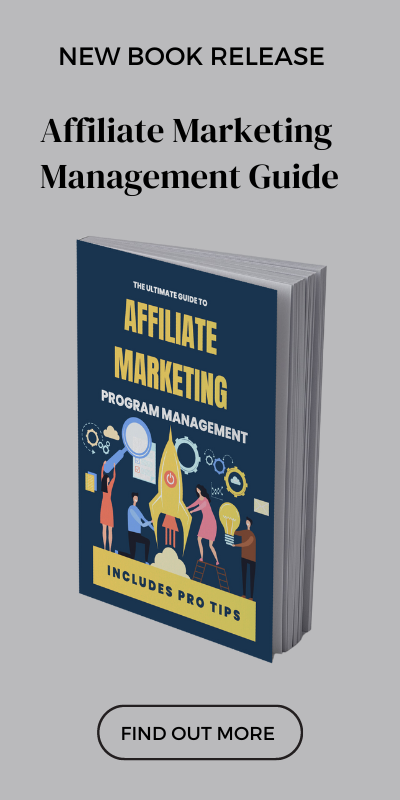There comes a time with every affiliate program whereby you get inactive publishers. By this, I mean affiliates who may or may not have driven clicks or orders in the past and now lie dormant.
As with any healthy affiliate program, we must have as many affiliates as possible actively promoting the brand. The goal is that the more active affiliates, the more traffic is driven to the site and hopefully more orders are generated as a result.
It is near on impossible to have 100% active affiliates, especially as your program grows in the number of publishers joining.
Though. through ongoing engagement and incentivisation, affiliates should want to promote your business and its products.
So, what do you do when faced with inactive affiliates?
Tackling this could be an ideal way to rejuvenate your program and help you to see an uplift in traffic.
To be as effective as possible in reengaging affiliates, we need to understand the reasons why they became inactive in the first place.
Below are some of the most common.
1. Dead Sites
The internet is awash with gurus all promising that the way to make a six-figure side hustle is to start affiliate marketing. This advice is typically linked to buying a course or signing up to a community to get the answers.
To be honest, the lure of a passive income bringing in money while you sleep is a great dream.
It is very easy to start a social media channel or create a website. You then just need to produce content and then join relevant affiliate programs.
But, for the majority, it remains nothing but a dream.
What we find, is a few months down the line, after the riches don’t come, people give up. This leaves old sites or even dead URL’s without a website attached littering your program.
Unfortunately, removal is quite a manual task. You will need to check each individual site to see if it is live, then give notice of removal from your affiliate program.
2. Competitors
Before you launch an affiliate program it is crucial to undertake competitor research. This will give you an idea of what commission rates and incentives rival brands are offering.
Then it is up to you to match or beat these terms.
Although, this kind of research shouldn’t stop when your program launches.
Brands can always update their terms so every couple of weeks spend some time checking this out. A big reason for affiliates being inactive is because they are promoting someone else. Reduce the likelihood of this happening by being as competitive as possible.
3. Knowledge
As someone who works in the affiliate industry, your knowledge should be pretty good.
But, put yourself in the shoes of the affiliate. Their knowledge could be lacking or might only be specific to one network.
How can you make their lives easier?
Offer to help any publishers with guidance on how to get started with promoting your brand. For example, where can they find banners and how do they create a deep link on your chosen network.
You will be surprised how many affiliates give up because they lack understanding.
I don’t expect you to hold the hand of everyone in your program.
Create a welcome pack or include information in some automated emails for all new affiliates. That way there is an element of self-sufficient learning that won’t eat into your management time every week.
4. Will Promote Later
This one is usually pretty easy to fix.
Affiliates join programs because they are planning to promote the brand, though because of different reasons they end up not following through with what they wanted to.
Not all affiliates are full-time, probably the majority are hobbyists or those working their blog or social channel around their 9-5. Which means tasks can be put off.
Ensure you keep their attention by engaging with them from the start and sending regular communications to inspire them to promote.
Sometimes all it needs is an email saying you saw they had joined the program but weren’t active to jog the memory and get them active.
5. Performance
Time is precious for a lot of affiliates and space on their websites is of a premium.
So, publishers will promote brands they feel will resonate with their audiences and earn them more commission.
If the return from a program is being outweighed by the effort put in, for some, this could be the impetus to move resources to another brand.
Again, as part of your competitor research start to get an idea of how data points like conversion rate compare. If you have a lower conversion rate to competitors this will be affecting every publisher’s earning potential.
You could even go more granular. Should there be a trend among content sites for inactivity, then look at how their data compares to the rest of the program.
If content partners show poor returns then it might be worth looking at a new strategy on how to incentivise or reward these types of publishers better.




